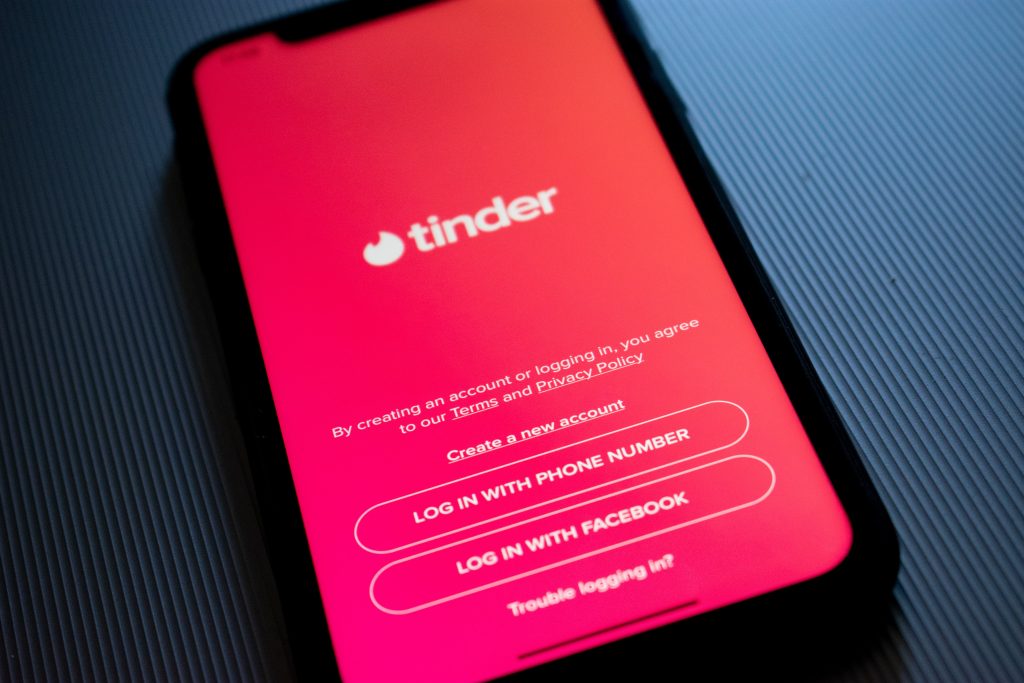
In today’s modern era of dating, using online applications tend to be par for the course. Many people have used services such as Tinder or Bumble. There are also very niche apps like Christian Mingle and Farmers Only. In short, there are dating apps for all types of people. Even though many people have used dating apps, are they really any good? Do people actually like them?
I conducted a small survey of William Jewell College students about dating apps. A little more than half of the people I surveyed have used dating apps. Of those people, they listed various reasons for using the apps, including to find a boyfriend or girlfriend, for hookups, to meet new people and to try new things. A very small percentage of these students reported any long-term success with these apps. Though this didn’t fill me with any sort of confidence, I decided that I would give these apps a shot and use them myself. I only downloaded Tinder and Bumble because these were the most popular apps that were indicated in my survey. I set a goal that I would last one week, but I lasted three days. I didn’t even make it to Valentine’s Day.
I used basically the same profile for each app. For the images, I included a few pictures of just me and some with my friends. I set my gender preference to “everyone” for the largest sample size. I also limited by radius to about 15 miles because if I were to actually meet up with someone, I wouldn’t want it to be any farther than that..
Starting with Tinder, I have to applaud them for their inclusivity. They offer multiple sexualities to put on your profile, including gay, straight, lesbian, bisexual, asexual, demisexual, pansexual, questioning and queer. I found that to be encouraging. Once I got to the actual swiping, I was a little disappointed. If you put down that you were interested in everyone, the odds of finding someone the same gender as you were pretty small. Many of the people I questioned about this who also marked “everyone” in their profile reported a similar experience. This could be a regional thing, but it could also just be that not many LGBTQ+ individuals are using dating apps, though this is just speculation.
Most of the Tinder bios I came across were really vague and generic. Some of the most popular photo trends I found among men were shirtless mirror selfies, holding a fish, posing with another girl at prom or homecoming and sports uniforms. I didn’t get a chance to view many female profiles, but many of the ones I did get to see were selfies in cars, sorority pictures and professional grade pictures that were probably senior pictures. I’ll admit that I myself did include two of those trends in my own picture section.
The written bio section also offered no guidance, so the user is left to their own devices. I appreciated that because the creativity knew no end. Some people included their zodiac signs, a cheesy pickup line, an explanation of their ideal first date or nothing at all. It made opening lines a bit difficult because there wasn’t very much to go off of. All things considered, I’m not a huge fan of Tinder.
Moving on to Bumble, the main feature that differentiates it from every other dating app is that women are required to message the man first if they want to initiate the conversation. This causes a problem in same-sex matches, because that means the feature for them is either ambiguous or completely meaningless. Bumble altered the feature for same-sex couples so that either person can message each other first.
Bumble’s profiles are a lot more fleshed out. There are multiple settings that allow your profile to indicate the following things: how often someone smokes or drinks, zodiac sign, religion, political affiliation, height, weight and the list goes on. Bumble also offered the option to pick three questions out of a list and answer them on your profile.
While these options offer more than Tinder does, they can also be polarizing. I found myself avoiding certain people based on how they indicated their political affiliation or religion. It made it harder to find matches, but that can also be seen as a good thing. If someone has a different religion than someone else and knows it wouldn’t work out between them, it saves them both time instead of figuring it out far later. So this can be seen as a double-edged sword.
My take on dating apps? While I prefered Bumble over Tinder, I got a handful of matches on both and still ended up deleting them both after three days because it got boring. I found it difficult to try to get to know someone I’d only ever seen pictures of, and I didn’t feel comfortable meeting someone I didn’t know on my own. I don’t think dating apps are for me.
However, this is a personal preference. I’ve had people express that they’ve had some success with dating apps, and I’m happy they’re happy. But that doesn’t mean that I have to like dating apps just because someone else does, and someone else doesn’t have to dislike apps just because I do. Ultimately, it really boils down how you think you would do with a dating app.
